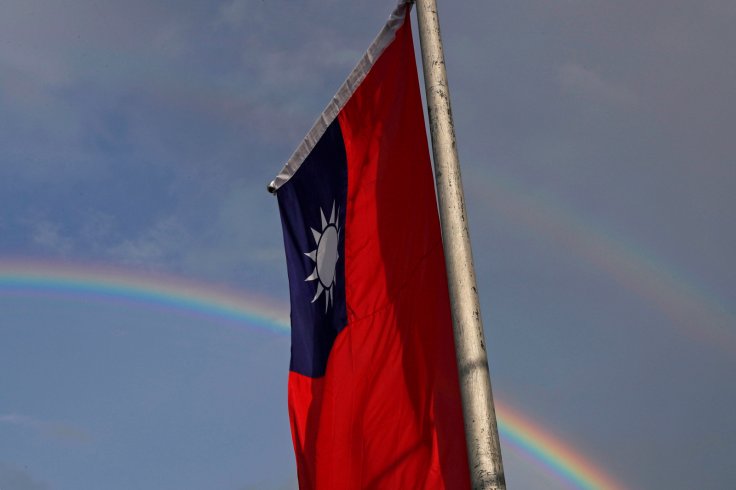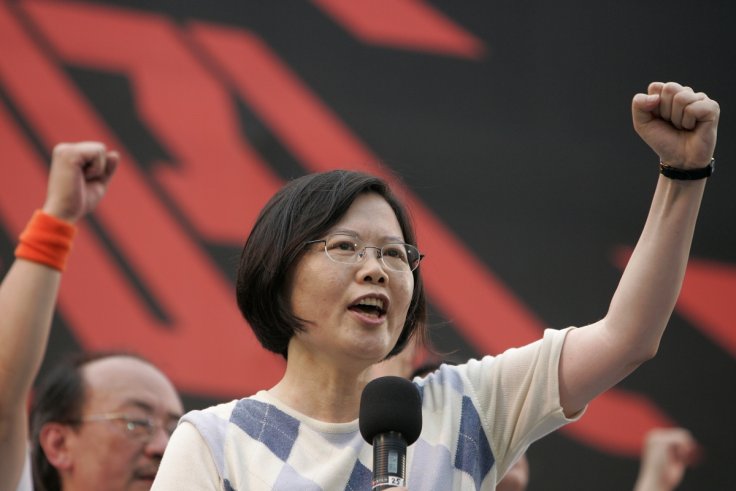Is China close to launching a military strike against Taiwan? Earlier this week, Admiral Philip Davidson, the chief of the U.S. military's Indo-Pacific Command, told a Senate panel that Beijing could try to seize Taiwan by force "in the next six years."
Fears over a military move to 'reunify' Taiwan with the mainland have grown in recent years. In fact, such fears had never gone away. Geopolitical analysts have been watching out for signs of a final Chinese resolve to strike for years.
Straws in the Wind
According to a recent analysis in the Diplomat, there are three factor that point to an impending military move against Taiwan. The primary factor is the view that China's People's Liberation Army (PLA) has arrived at a certain phase where it can successfully force Taiwan to unify with the mainland.

Increasing Intimidation
The second straw in the wind is that the PLA's intimidation of Taiwan has increased in the recent years. In 2020, PLA fighter planes carried out sorties near the Taiwan border early all days. In one instance, as many as 37 PLA aircraft flew close to the Taiwanese side of the Strait, defying norms followed hitherto by both the sides. In another instance of increasing aggression, the Chinese media once said that the military exercise was not a warning, but a 'rehearsal' for the eventual Taiwan takeover.
Hong Kong and Ladakh
The third potent signal that all is not well with Taiwan for longer is the way China crushed the pro-democracy movement in Hong Kong. Beijing was so brazen in its suppression of Hong Kong that there was little Hong Kongers or outsiders could do to stop the steamrollering of dissent in the erstwhile British territory. China also displayed ruthless intent in taking on India on the Ladakh front and pushing its aggressive claims in the entire South China Sea.

China considers self-ruling Taiwan as a renegade province and hasn't abandoned the possibility of using force to annex the island. The power balance tilted in Beijing's favour back in the early 1970s when the United States recognized the People's Republic of China and started diplomatic relations with Beijing.
The US Role
China is angry with Washington for its support for Taiwan. Though the US has no formal ties with Taipei, it has pledged its commitment to support the island if it comes under siege. China has voiced its strong resentment over the US support in recent years.

"No one and no force can ever stop China's full reunification. We are committed to promoting the peaceful development of cross-Taiwan strait relations and the peaceful reunification of the country," China's defense minister Wei Fenghe had said a few years ago.
Inevitable Reunification?
According to Beijing, island's reunification with the mainland is a primary need. China insists that it is the only large nation in the world that is yet to be completely reunified. "Resolving the Taiwan question so as to realise China's full reunification is the irresistible trend of the times, China's greatest national interest, the righteous path to follow and the longing of all Chinese people," Wei said.
Read more







